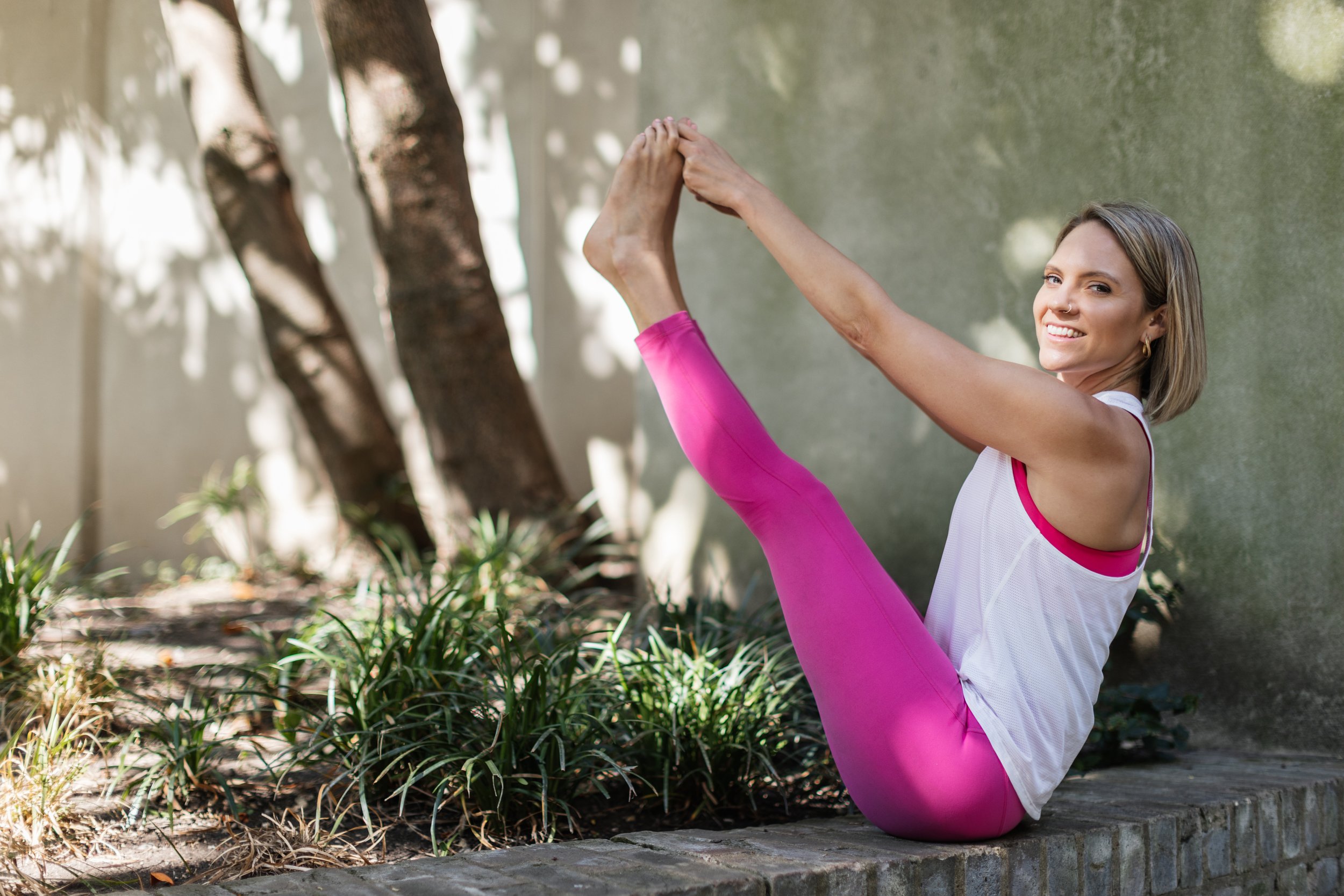
Lauren’s Ashtanga Yoga Blog

Knee pain and the Ashtanga yoga primary series - Practice with insight and avoid injury
Why is knee pain so common in the Ashtanga Yoga primary series and what steps can we take to avoid injuring our knees.

Guest Blog - Tom Norrington Davies - The Rough Guide to… Practicing on holiday!
This is a guest blog from Tom Norrington Davies that looks at maintaining your practice when you travel. You can find Tom teaching with me on weekday evenings at Astanga Yoga London and cooking/teaching on retreats in the UK and Europe!
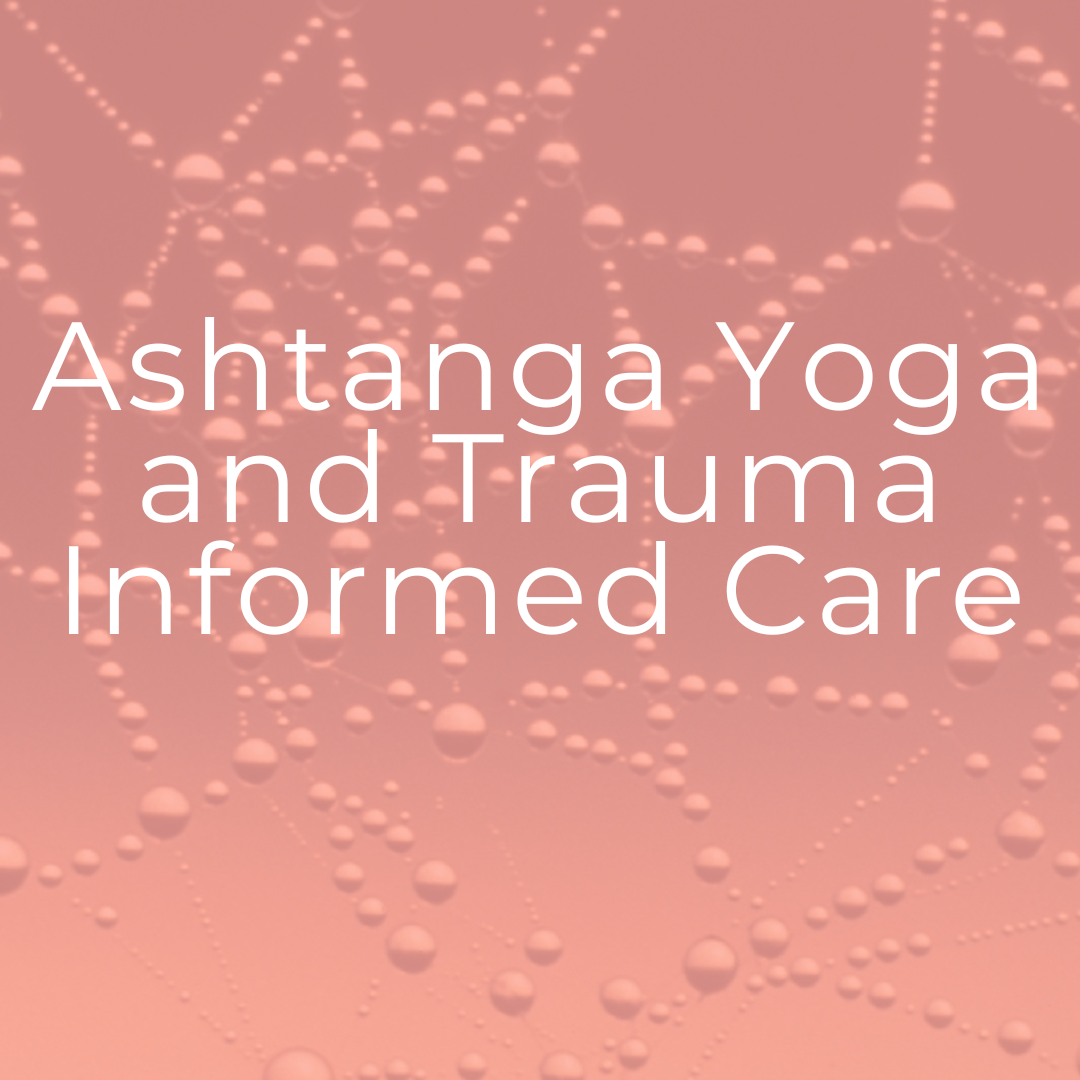
Ashtanga Yoga and Trauma-Informed Care
Ashtanga yoga has been a profoundly healing practice for me. Over the last 15 years, my daily practice, and the community I’m part of, have been a constant source of support. I can’t imagine my life without it. That said, I understand this practice is not for everyone, nor was it designed as a healing modality for the effects of trauma. That’s why it’s wonderful there are other options available. Trauma-sensitive yoga is a branch of yoga that’s designed specifically to help people (re) connect with their body and sense of self in the aftermath of trauma.

Understanding the Drishti (gaze point) in Ashtanga Yoga and using it to cultivate inner wisdom
Drishti is a Sanskrit word that can be translated as focused gaze. It’s a term you may be familiar with, and one that would have been introduced during your first Mysore Ashtanga class as one of the three pillars (tristhana) of the Ashtanga yoga method.
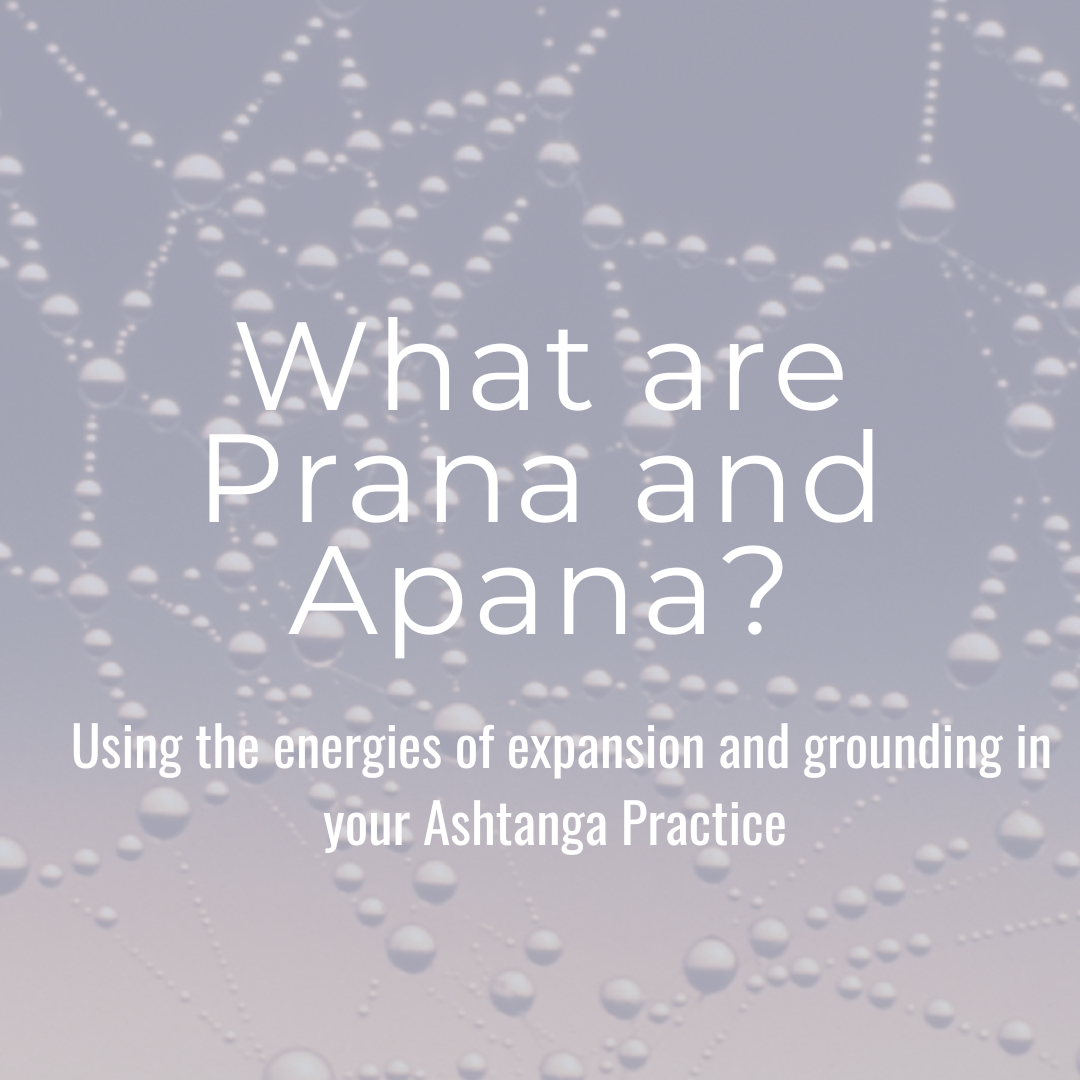
Prana and Apana – Harnessing the energies of expansion and grounding in your asana practice
Prana is vital energy or life force. According to Yoga and Ayurvedic philosophy, Maha Prana, the vital energy, is divided into 5 parts known as the panca vayu. Those of you familiar with the Ashtanga count will know panca as the 5th vinyasa of Surya Namaskar (Urdhva Mukha Svanasana)
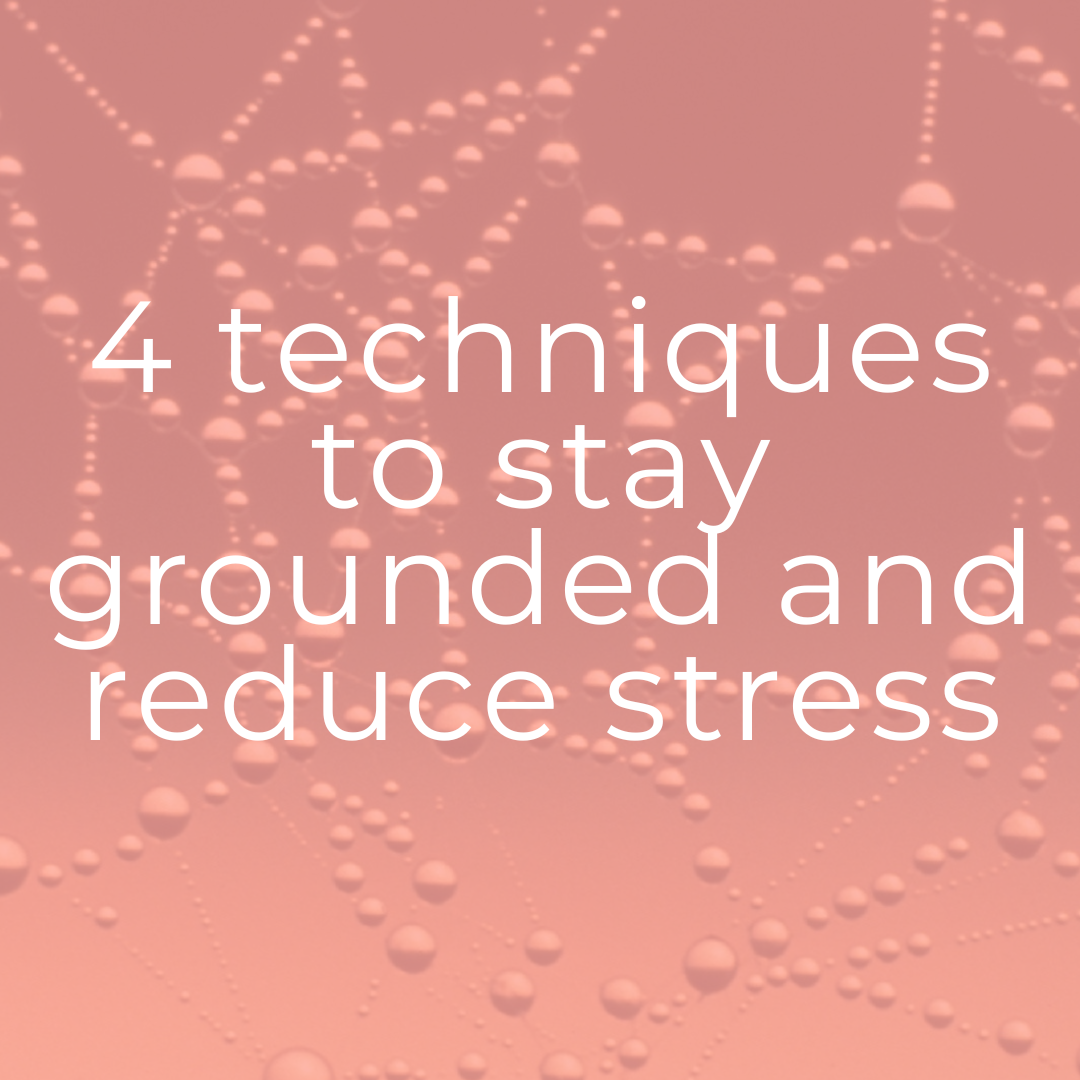
4 techniques to stay grounded and reduce stress in times of change
Periods of change are often associated with increased stress and anxiety. We get used to things being one way and when that changes it can leave us feeling uncertain or ungrounded. This blog looks at 4 techniques you can use to stay grounded and stress-free during times of change or uncertainty.

What the Bhagavad Gita has to teach us about our relationships
How we interact with the world and how we treat others is an integral part of our yoga practice. This sloka from the Gita provides us guidance to ensure we don't allow our unconscious biases to affect our decision making and treatment of others.

5 Ways to Kick-Start Your Ashtanga Yoga Practice and Keep it Going All Year
Has your yoga practice fallen by the wayside? Are you wanting to start back up but struggling to find the motivation to get on your mat? Read on to kick-start your yoga practice and more importantly keep it going

Why Ashtanga Yoga is more than a workout
Have you ever found yourself wondering how the physical practice of Ashtanga yoga or any yoga asana practice connects with the philosophy of yoga? In this post, I explore some definitions of yoga we can use the foundation of the ashtanga practice (tristhana) to overcome obstacles to practising yoga.
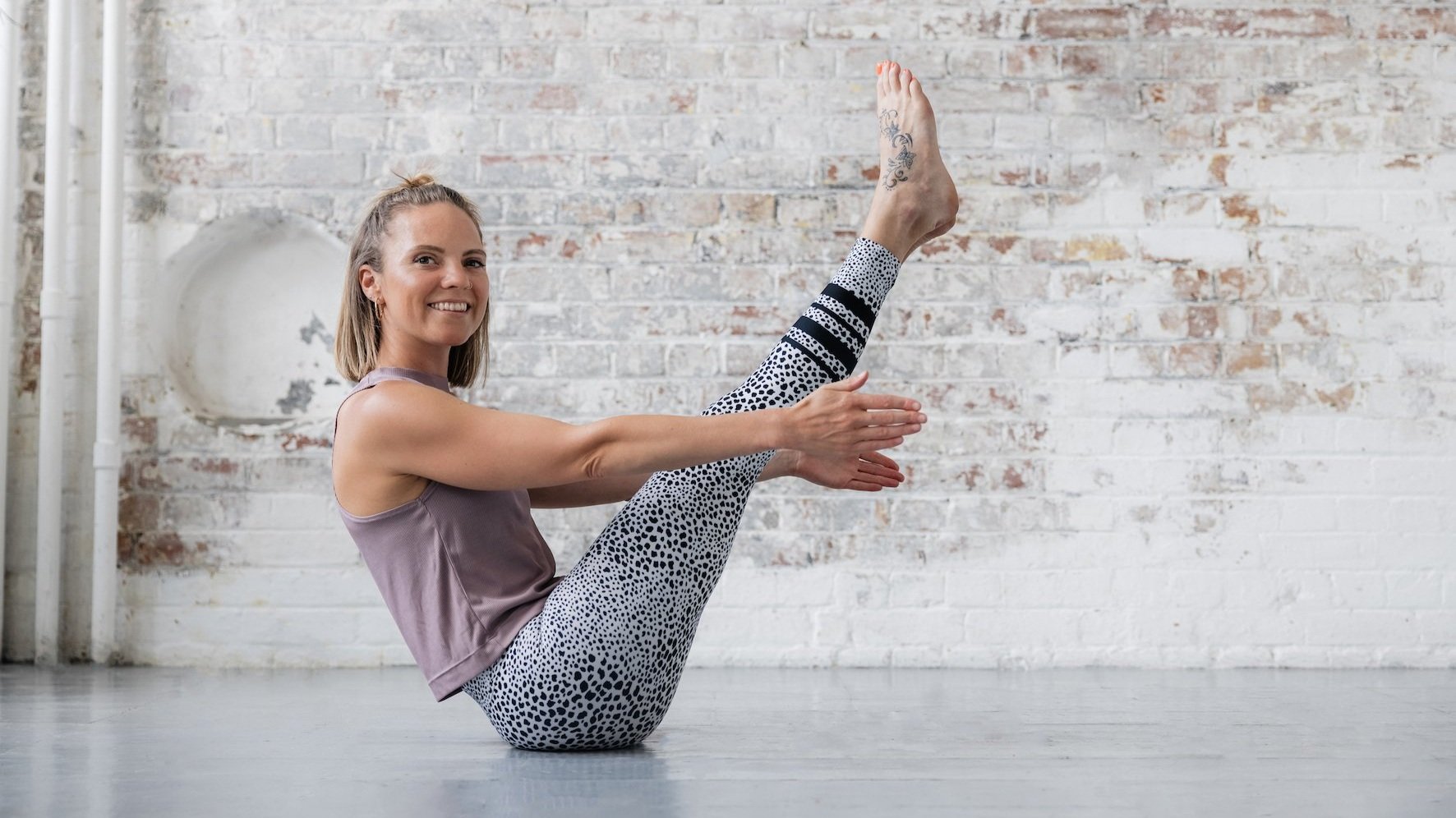
Top tips to bring comfort and ease to your Nāvāsana
Nāvāsana, or the boat pose, is possibly the most unpopular āsana in the primary series. This post aims to shed some light on nāvāsana, and why it’s important so that you can shift your perspective, learn to appreciate and maybe even enjoy nāvāsana.
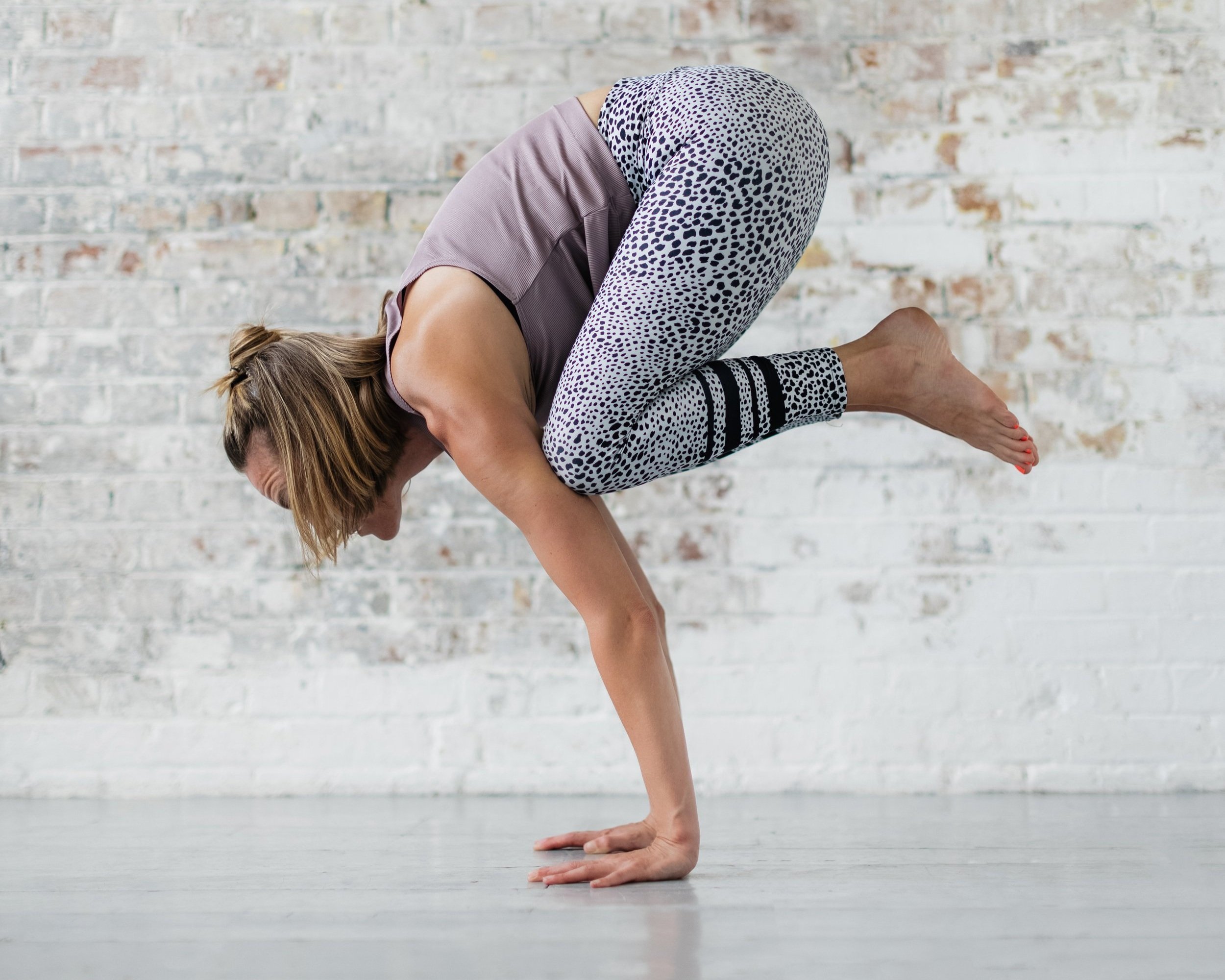
Landing Bakasana B - Ashtanga Yoga - Intermediate Series
Bakasana comes about a third of the way through the Ashtanga second series. It’s an asana that many practitioners find challenging to master. So if you’re struggling with landing Bakasana B, read on because we’re going to explore some techniques we can use land Bakasana B.
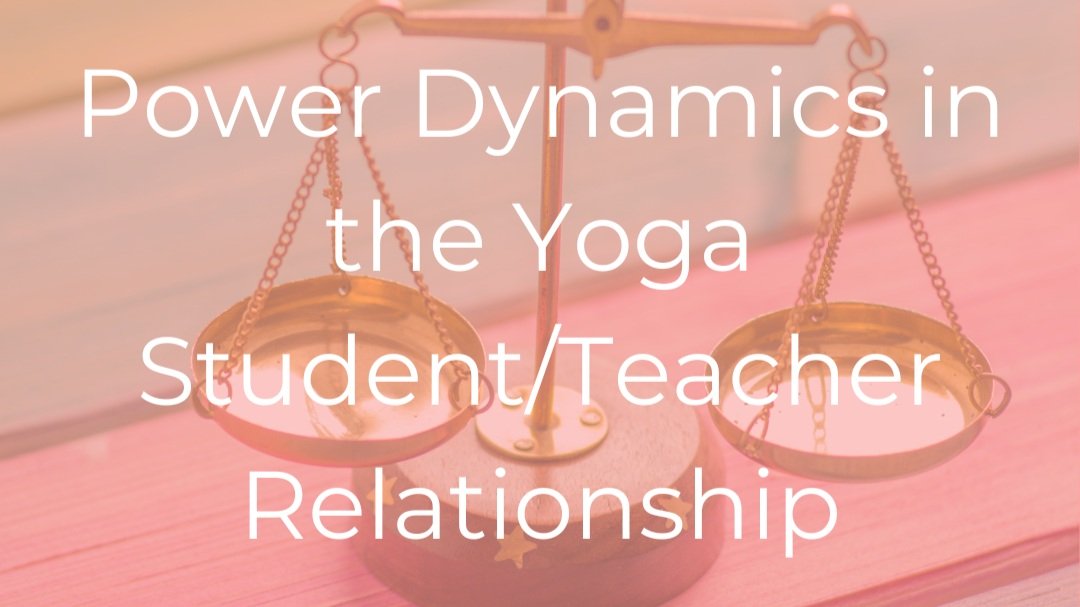
Power dynamics in the yoga student/teacher relationship
As yoga teachers, we have what’s often referred to as "Expert Power”. We have knowledge and information, and people come to us wanting to learn yoga. We're the professionals in this scenario, therefore we’re required to act ethically and professionally. This is particularly important considering that many people explore yoga to find healing and may be in a vulnerable place.

Yoga for lower back pain
Lower back pain is so common in the UK that it affects 7 out of 10 of us at some point in our lives, most commonly within the age range of 35 to 55. For sufferers of back pain, the NHS recommends staying active and including the practice of yoga to reduce pain and speed up recovery

Guest Blog - Ashley Ahrens - Why its important to move
Our bodies are meant to move. It’s important for the physiology and the wellbeing of our mind and every single anatomical system in our body. We are designed to move and it brings us better health and more resilience.
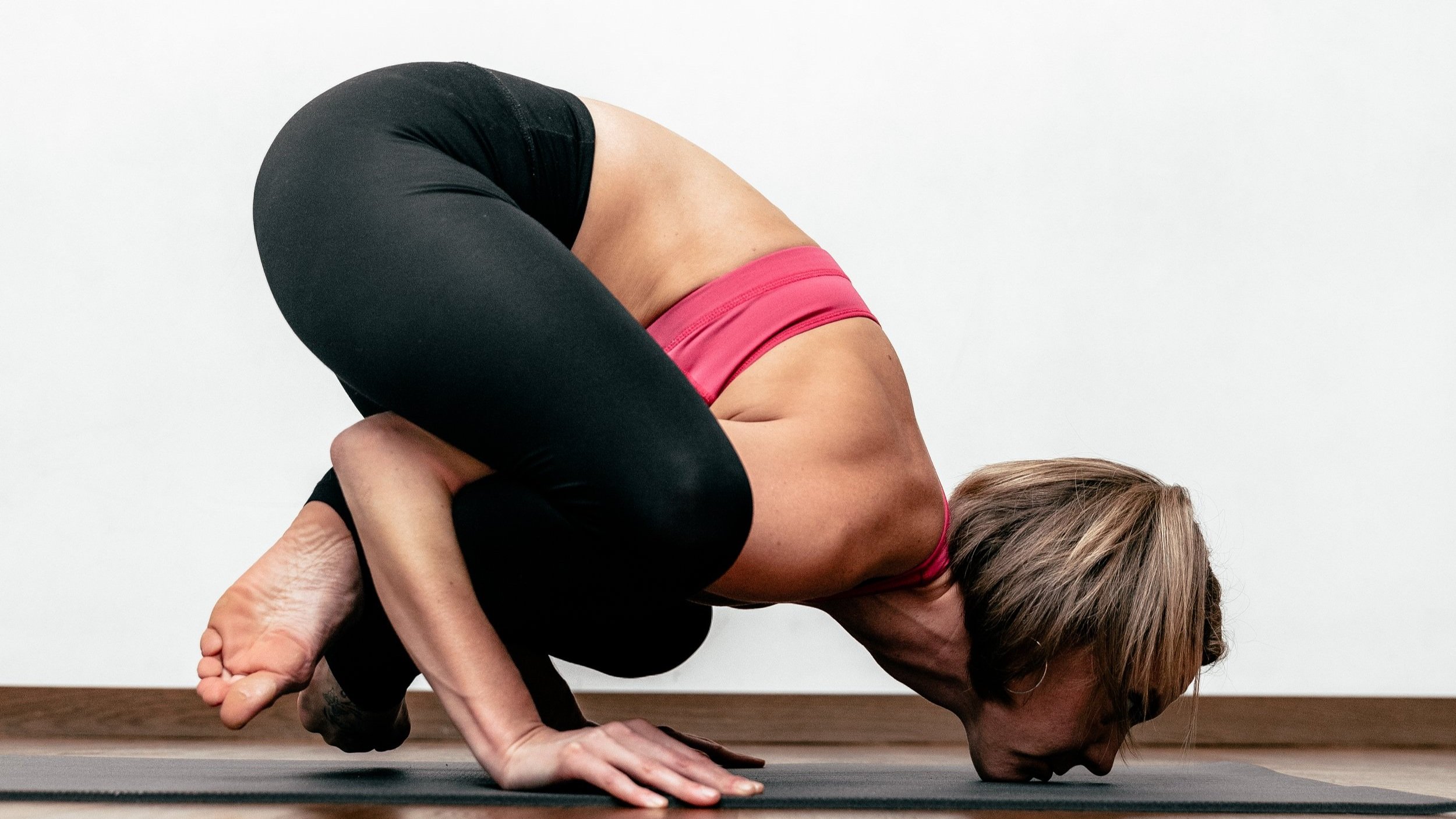
Bujapidasana– 4 common mistakes and how to avoid them
Bujapidasana (arm pressing asana) is one of the peak asanas (yoga shapes) of the primary series so it’s pretty challenging especially when trying it for the first time. In this blog and video I look at 4 common mistakes practitioners make with this asana and how to avoid them.
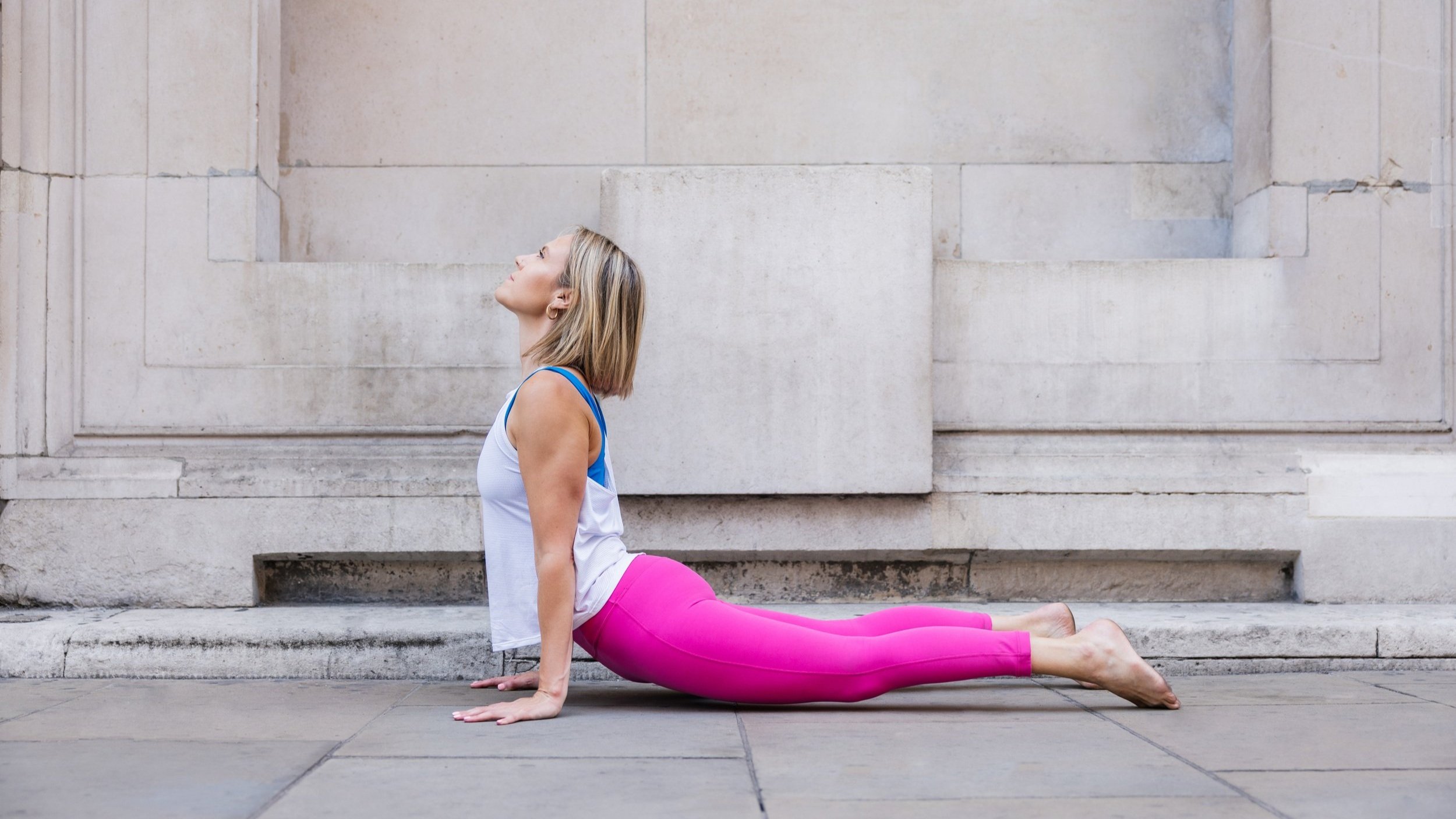
How to Jump Back and Jump Through in Ashtanga Yoga
Probably in the top 10 of Ashtanga FAQs….and one you may have asked your teacher at some point. If you’re struggling to understand the mechanics of the Jump back and Jump through then this video and blog post is for you.

Nadi Shodhana - The breathing technique with amazing health benefits
Nadi Shodhana is a yogic breathing technique that was developed by ancient Indian yogis and is included in several medieval yogic texts such as the 15th Century Hatha Yoga Pradipika. It’s a technique that’s been scientifically proven to increase parasympathetic nervous system activity or in simple terms initiate a relaxation response; from the very first time, you try it.

Start your yoga practice! 3 reasons why Ashtanga Yoga is the perfect practice for beginners
Here I share with you why I think Ashtanga Yoga is a great practice to start exploring the benefits of yoga.

Svadhyaya – A practice of self-reflection
Svadhyaya is a Sanksrit word that can be translated as self-study. Our yoga practice is all about creating a mindful connection with ourselves and one way to listen to our inner voice is through the practice of Svadhyaya. Here are three ways we can incorporate Svadhyaya into our lives and daily practice.

